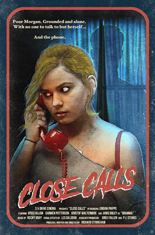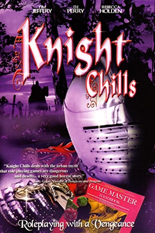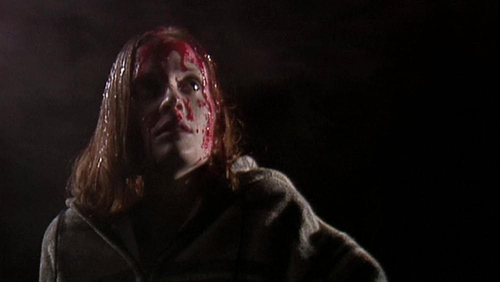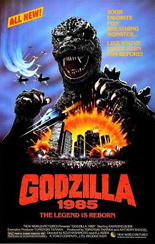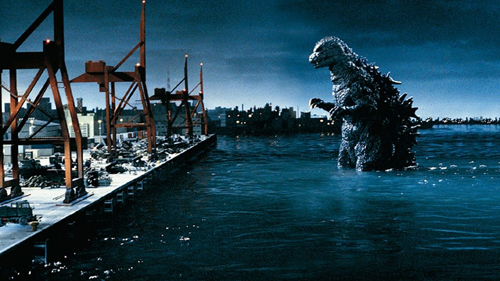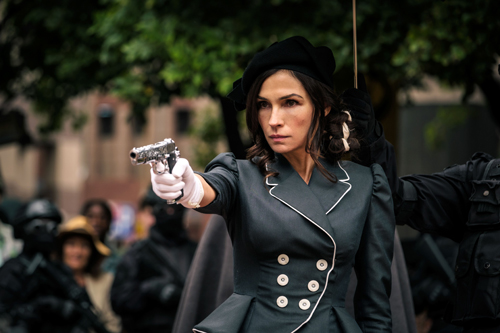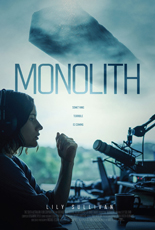
While Dad’s out dining with his bitchy new girlfriend, troubled teenaged girl Morgan is grounded and home alone — well, almost home alone, if not for her invalid grandmother.
So the prodigiously chested Morgan (Jordan Phipps, Amazon Hot Box) ditches her shirt immediately and hangs out in a red bra. Between bong rips and asthma inhaler hits, she receives creepy, increasingly obscene phone calls, likely from her incel stalker.
The sitter-in-peril flick is an exploitation staple. Close Calls may be the only one to dare go this far. I don’t mean in content; I mean in literal running time.
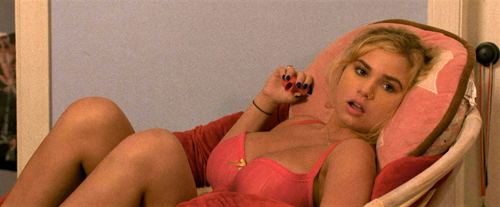
Look, as a heterosexual male, let me say unequivocally that I love boobs. But let me also say unequivocally there is no reason — none! Not even those! — for Close Calls to play out for 128 minutes. On one hand, I get that writer/director Richard Stringham (who also worked with Phipps on that year’s 10/31 anthology) would want to showcase his lovely leading lady and her special effects as much as possible. The camera placement makes that clear, especially when her face isn’t even in frame.
On the other, needless scenes litter and clutter the movie — often a problem of directors making the leap from shorts to their first feature, which is the case with Close Calls. It needs to be tight in order to be taut. For example, what does a scene of Morgan pleasuring herself add? Nothing, except for the squish-squish-squish SFX, which are more than a bit much.
So is that twist ending, which emerges from nowhere and goes to the same place. —Rod Lott

